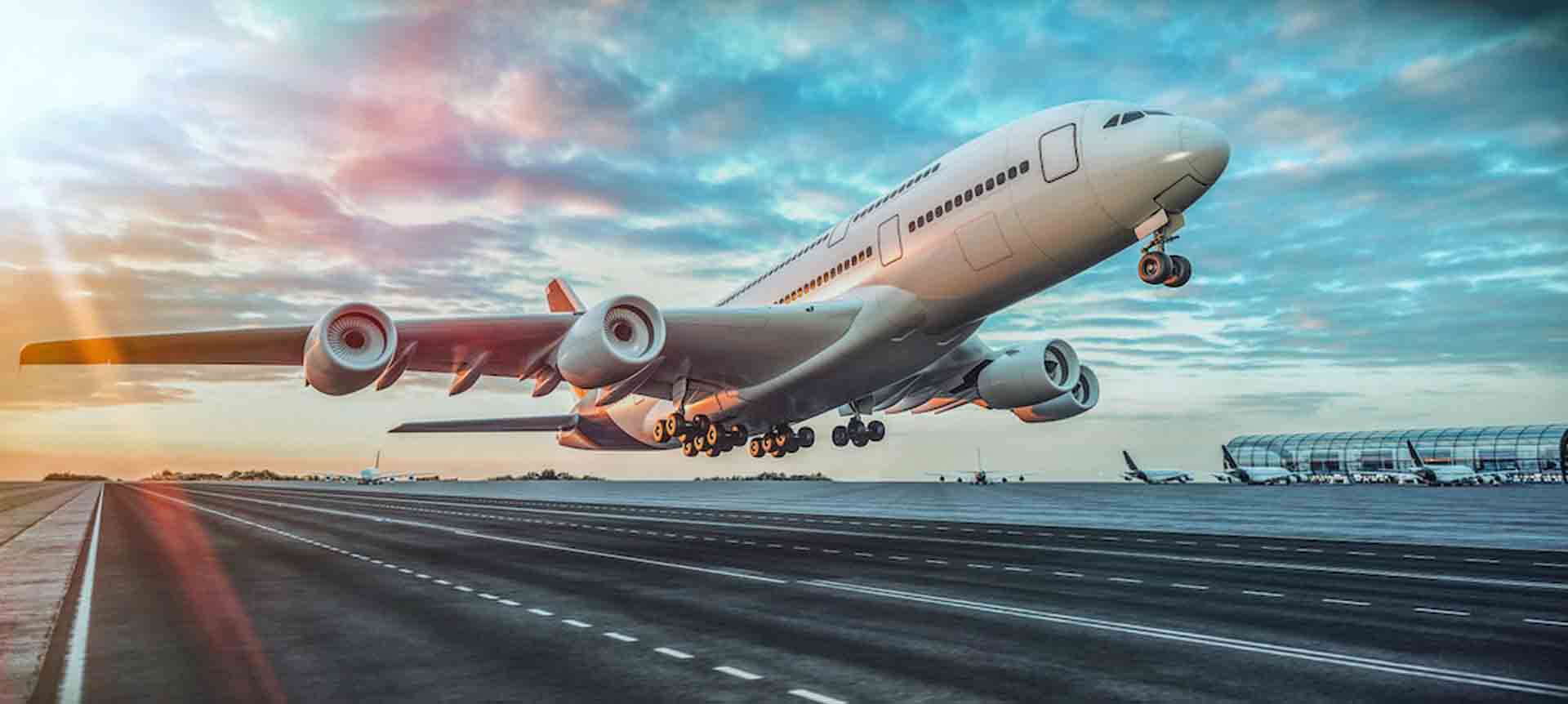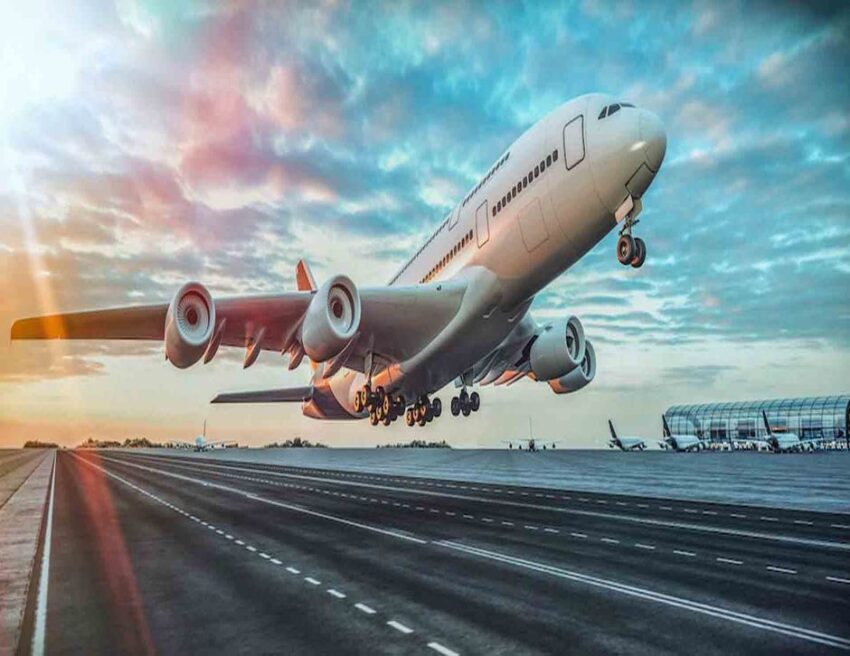
Last year the air cargo sector went through turbulent times with a fall in demand, high fuel costs, grounded flights, and trimmed routes. The skyrocketing jet fuel price and the limited belly capacity because of grounded flights were some of the factors that pushed up the air freight rates. The air freight companies witnessed a muted fourth quarter of 2022 because of several factors such as a disrupted supply chain, global economic slowdown, the risk of a global recession, high fuel costs, and the ongoing war in Ukraine. This downward trend is continuing in the first quarter of 2023 but the future of this sector doesn’t look so bleak. Keep reading this blog to find out the top trends in the air freight industry for this year.
Market trends in the air cargo sector
Increased capacity and fall in rates
According to industry experts, the air cargo sector will have an increased capacity in 2023 with the recovery of the belly space of passenger flights. This could also lead to a drop in freight rates. To quote Judah Levine from Freightos, “Rates will likely recede closer to pre-pandemic levels, though fuel prices and labour costs may combine to put upward pressure on rates, preventing a fall below the norm.” Additionally, global inflation has put a cap on the purchasing power of consumers which in turn is resulting in a drop in demand.
Therefore, we cannot expect the demand in 2023 to go back to the pre-COVID levels. Even with the fall in demand and the availability of space, the international average air cargo rates will continue to be around $2.60 to $2.80 per Kilogram. This value is over 35% above the freight rates in 2019. This indicates financial stability and a less dismal future for the air freight sector in 2023.
However, the freight rates are unlikely to increase in 2023. In this context, it needs to be remembered that the sector is in damage control mode after the pandemic and a further rise in rate will impact the profitability of this sector. This is because of the conservative spending habits of the consumers due to the looming inflation. Even though there is a decrease in consumer demand, there is still a high demand for digital products, retail items, and food products, all of which will offer the industry a measure of relief.
A shift of cargo from air freight to ocean freight
According to the analysts of Xeneta, 2023 will be a year when a significant volume of air cargo will be diverted to ocean freight. During the pandemic, we have seen a massive increase in air freight demand primarily due to the change in purchasing trends as well as the unreliability of the ocean freight sector. Shippers who would otherwise have opted for sea freight shipment were forced to move their shipment via air freight because of the equipment shortage, port congestion, blank sailings, and other problems in the sea freight sector. However, the ocean freight sector has finally come back to normal, with increased schedule reliability, more capacity, and lower freight rates. This is why many freight forwarders are shifting to sea freight shipments to save expenses. Moreover, increased environmental awareness is also an important factor that is prompting forwarders to switch from air freight to sea freight.
The increase in the belly capacity of the planes due to the easing of travel restrictions will be further supplemented by the arrival of new freight orders placed by the carriers during the peak of the pandemic. Therefore, the air freight capacity will continue to increase in the coming months leading this sector to join the ocean freight industry in terms of overcapacity.
A fall in revenue in the sector
According to IATA, the revenues in the air cargo industry will be around $149.4 billion which is still short of $52 billion than last year. Moreover, the uncertain economic situation could further lower the freight volumes to 57.7 million tonnes in contrast to the peak of 65.6 million tonnes in 2021. In other words, the socioeconomic challenges will keep putting pressure on the air freight sector. In a situation like this, the industry needs to focus on resilience and agility to bypass the challenges and remain profitable.
Increased focus on digitization and sustainability
The trend of digitization will continue in the air cargo industry at a very accelerated pace in 2023. Carriers and airports around the world will continue to invest in the automation of processes with the use of AI. Other competitive factors like real-time data availability and transparency in the shipping processes will become dominant. In a time when customers have got used to getting immediate access to data with a few taps on the phone, the air cargo sector will soon give the customers the ability to track and locate their shipments in real-time. Additionally, we will see an increase in the development of online portals for quoting, tracking, and shipment booking.
Another trend that will dominate this industry in 2023 is the increased focus on sustainability. In this context, the use of SAF or Sustainable Aviation Fuel will continue to play a major role. SAF could provide a massive opportunity for the air cargo industry to take a stride toward increased sustainability. Sustainable aviation fuels can lower the net carbon emission by around 80% as compared to traditional jet fuel. Additionally, scientists are doing new research into SAF that will even be capable of absorbing more carbon dioxide than they release. Moreover, carriers, air freight forwarders, and airport authorities will continue to take environment-friendly steps by increasingly depending on solar power. The focus on digitization and sustainability will in turn benefit the entire value chain including, shipping companies, freight forwarders, investors, exporters, and consumers.


